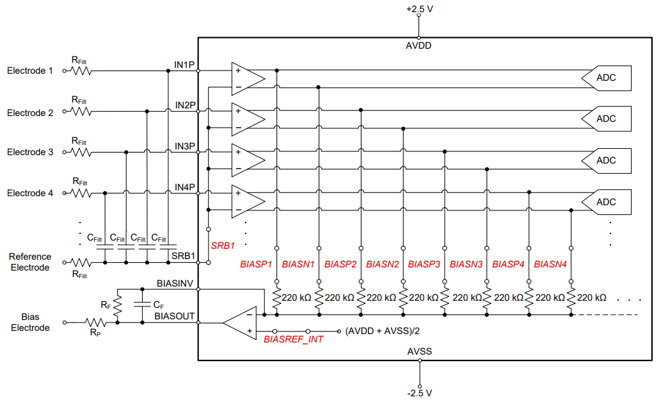We are currently using the Differential Inputs mode with no bias or reference electrode, as shown below from the ADS1299 datasheet.
We are looking to change to a Single-Ended Inputs mode, as shown below.
My question is, does it matter which Power Supply configuration we use for each of the two Analog input modes?
I.e. Does Differential mode need to use Unipolar or Single-Ended need to use Bipolar?
If not, what are the advantages/dis-advantages of using either Unipolar or Bipolar supplies?
Is it Related to the pseudo-differential or fully-differential input signal quality shown below?



